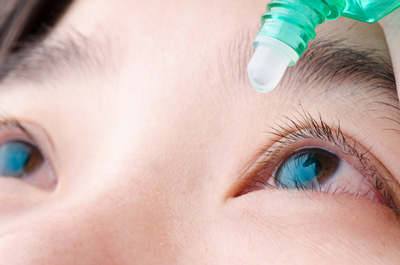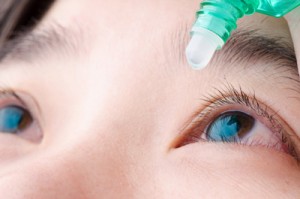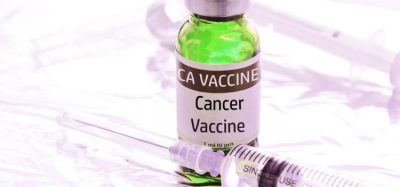Dry eye syndrome treatment market value to grow to $4.6b by 2024
Posted: 5 November 2015 |
GlobalData says this rise will be driven primarily by the introduction of novel drugs, most notably Shire’s lifitegrast, a first-in-class drug with anti-inflammatory benefits…


The global treatment market for dry eye syndrome will more than double in value from approximately $2.2 billion in 2014, to reach an estimated $4.6 billion by 2024, according to research and consulting firm GlobalData.


The Company’s latest report, PharmaPoint: Dry Eye Syndrome – Global Drug Forecast and Market Assessment to 2024, states that this rise, which will occur across the Nine Major Markets (9MM) of the US, France, Germany, Italy, Spain, the UK, Japan, China, and India, will be driven primarily by the introduction of novel drugs, most notably Shire’s lifitegrast, a first-in-class drug with anti-inflammatory benefits.
Furthermore, Catherine Daly, Ph.D., GlobalData’s Senior Analyst covering Neurology and Ophthalmology, says the paucity of dry eye syndrome treatments in the US and European markets will allow Shire to secure strong uptake and a sizable market share for lifitegrast.
Daly comments: “GlobalData expects that lifitegrast, which is anticipated to launch in the US in late 2016, will eventually reach peak sales of $1 billion across the 9MM, earning the drug blockbuster status.
“Furthermore, Allergan’s blockbuster dry eye syndrome drug, Restasis, which generated an estimated $1.33 billion in US sales in 2014, is expected to launch in the European markets during the forecast period and will secure a sizable patient share.”
Considerable opportunities remain within the dry eye syndrome arena
The analyst adds that Mimetogen’s MIM-D3, Mitotech’s Visomitin, and RegeneRx’s RGN-259 are also expected to see strong sales growth by 2024, as these first-in-class drugs all have different therapeutic benefits to offer dry eye syndrome patients.
Despite this, considerable opportunities remain within the dry eye syndrome arena, as there are currently very few approved treatment options.
Daly continues: “Better understanding of the etiology and pathogenesis of dry eye syndrome is revealing new therapeutic targets, and therefore is increasing the opportunities to develop novel therapeutics that can offer clinical benefits for certain patients.
“There is also a need to simplify dosing for patients who have the daily burden of self-administering multiple eye drops, which could be met with the development of long-acting drugs.”








